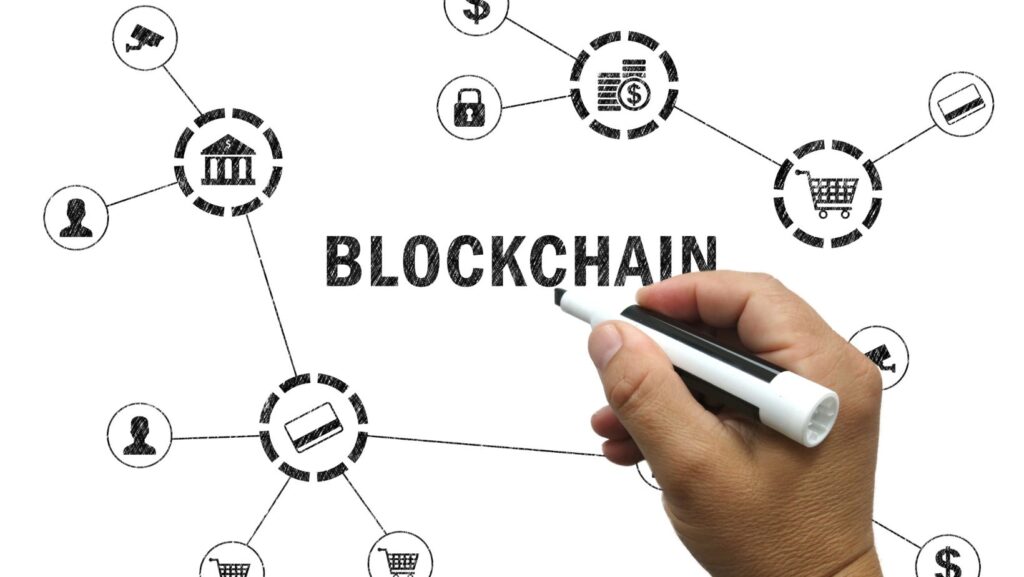
Blockchain is a distributed database. Computer network nodes share this database. This database plays an important role in cryptocurrency and provides a secure and decentralized record of transactions. However, its use is not limited to cryptocurrency. Blockchains can be used to make data in any industry immutable.
The block cannot be modified and only requires trust when the user or program enters the data. This reduces the need for trusted third parties such as auditors, who add costs and make mistakes.
When Bitcoin appeared on the market in 2009, blockchain exploded with the creation of various cryptocurrencies, decentralized finance (DeFi) applications, non-fungible tokens (NFTs), and smart contracts. You can find useful recommendations on ICOholder, the biggest database and crypto analytics platform.
Cost reduction
Usually, clients pay a bank to confirm a transaction or a notary to sign a document. Blockchain eliminates the need for third-party verification and the associated costs.
For example, business owners are charged a small fee when accepting credit card payments because banks and payment processing companies process these transactions. Bitcoin, on the other hand, has no central authority and has limited transaction fees.
Decentralization and secure transactions
The main feature of blockchain is its decentralization, as opposed to traditional financial systems based on institutions such as banks and governments. These systems’ main goals are to complete transactions and maintain trust. However, in this system, intermediaries can make mistakes. Blockchain eliminates the need for these intermediaries, making peer-to-peer transactions possible.

Network of computers verify each transaction using cryptographic algorithms. This way, all participants can access the same data while maintaining transaction integrity.
With this scheme, intermediaries are not needed to carry out the transaction, which reduces the risk of errors and increases the speed and efficiency of transactions. In addition, people living in countries with little developed banking infrastructure have access to financial services.
Private transactions
Many blockchain networks operate as public databases which means that anyone with an Internet connection can view a list of the network’s transaction history.
People can access transaction details, but they cannot access identifying information about the users making those transactions. A common misconception is that blockchain networks like Bitcoin are completely anonymous; they are aliases because a visible address can be associated with the user if the information becomes known.
Transparency
Many blockchains are open-source which means that anyone can view its code. This gives auditors the ability to test cryptocurrencies for security. However, this also means there is no real power over who controls Bitcoin’s code or how it is edited. This allows anyone to suggest changes or update the system. If most users agree that the new version of the updated code is correct and valuable, then Bitcoin can be updated.
Depending on their design or purpose, private or permissioned blockchains may not provide public transparency. These blockchains can only be created for organizations that want to accurately track data without allowing anyone other than authorized users to see it.
Alternatively, there may come a time when publicly traded companies must provide financial transparency to investors through a regulatory-approved blockchain-based reporting system. Using blockchains in accounting and financial reporting will prevent companies from altering their financials to make them appear more profitable than they are.
Secure transactions
Once a transaction is registered, the blockchain network must verify its authenticity. Once a transaction is confirmed, it is added to the blockchain’s block. Each block in the blockchain contains its unique hash and the block’s unique hash before it. Therefore, blocks cannot be changed after the network confirms them.
Industries that are revolutionised by blockchain
The transformative impact of blockchain is evident across a variety of industries. In finance, blockchain can:
- revolutionize payment systems;
- optimize cross-border transactions;

- ensure financial inclusion for those who do not have access to banking services.
Healthcare will benefit from blockchain by:
- increasing data security;
- compatibility;
- medical records management.
Supply chain management can become more efficient and transparent thanks to blockchain:
- reducing cases of fraud and counterfeiting;
- ensuring traceability of goods.
Blockchain technology is still evolving, and research and development continue to address scalability, power consumption, and usability issues. However, its potential to transform industries and empower individuals and businesses is undeniable.
Conclusion
Blockchain technology has changed the world by introducing decentralized, secure, and transparent record-keeping systems. The underlying theories of consensus mechanisms, cryptography, smart contracts, and decentralization have paved the way for blockchain’s disruptive impact on various sectors.
As technology evolves, we can expect further development and widespread adoption, leading to a new era of trust, efficiency, and innovation.















